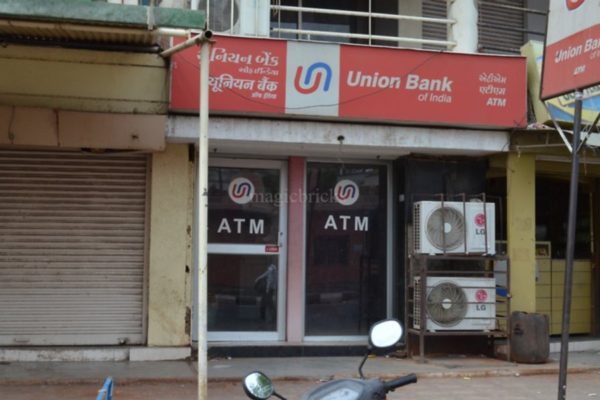
This MBA Guy Found A Unique Trick That Allowed Him To Withdraw Rs. 21 Lakhs From ATMs
People are struggling to get cash from the ATM’s and some guys are successful in cheating ATM machines. ATM frauds are very common these days and many such incidents came across in recent times. But the technique used by this 30-year-old is unique and interesting.
The police arrested an ATM auditor of a cash management company, Dinesh Kumar Lal, from Rajouri Garden in Delhi for doing an ATM fraud worth Rs 21 lakhs. This incident happened in the ATM kiosk of Union Bank of India (Rajouri Garden branch).

This guy is not like the regular robbers who smash the ATM machines and loot money. He is an MBA graduate. Dinesh Kumar, an MBA graduate from Sikkim Manipal University, allegedly embezzled ₹22 lakh by opening accounts in 10 banks and carrying out 232 transactions. Want to know his smart way of siphoning off the money?
Dinesh manually blocked the cash shutter of the ATM. Yes, yu read it right. Usually, what happens is that when the shutter is blocked manually, while the money is being dispensed, an error message is generated. This is exactly what Dinesh did between June 2015 and January 2016. While committing the fraud, he would ensure that the ATM machine’s sensor was blocked either by cards or currency note.
He manually tampered the dispensing shutter of the ATM, generated the “Error” message, took the cash that came out and complained to the bank that the transaction wasn’t successful. Dinesh repeated this act not once or twice but multiple times and successfully got Rs 21 lakhs.
How Manual Shutter Blocking Trick Works?

As the guy is an MBA graduate and well aware of the functionality of the ATM he learned the technique on YouTube. After going through some videos on YouTube he got to know that if the sensor of the ATM is tricked, the cash will come out but the amount won’t get deducted from the account, due to the error message. As soon as the cash would come out, he would leave the lowermost note and the uppermost note of the bundle as it is and would take away all the notes from the middle.
Why Leaving Upper And Lowe Notes?
Dinesh wouldn’t pull out the lowermost note and the uppermost note; he used to block the cash tray with those notes until the ATM machine displayed the message “Unsuccessful transaction”. What happens is that if you don’t pull out those notes in a stipulated time, the ATM pulls the cash back and shows an error, due to which cash isn’t deducted from the account. Moreover, it is registered as a failed transaction in the bank logs. By following this master trick he performed around 200 transactions and cheated the bank for Rs 21 lakhs.
According to the police, the accused, an employee of Securitrans India Private Limited, used to visit ATMs to withdraw money from his account and trick the machine into showing that the payment was unsuccessful so as to get a “refund” from the bank despite withdrawing the cash.
“Due to blockage/hanging of the sensor, the ATM logbook would record the transaction as unsuccessful,” said Deputy Commissioner of Police (West) Vijay Kumar.
When the bank carried out an internal audit, huge losses were seen and after this, the CCTV footage of all the ATM transactions was investigated. The bank manager said: “After scrutiny of CCTV footage of ATM transactions, the bank found that one of the customers had withdrawn money from the ATM, but lodged a complaint about non-disbursal of cash. Officials zeroed in on the accused he was seen using different debit cards, and tampering with the cash dispensing shutter. Footage also showed him holding the cash.”
The police arrested Mr. Kumar after the Union Bank of India in Rajouri Garden filed a complaint on March 18 alleging that the amount in the ATM statements did not tally with the actual amount of money in the machine.
“Further investigations are underway to identify his associates if any. The staff involved in the good work will be rewarded,” said the Deputy Commissioner of Police.
Have you heard or come across any such unique techniques? If yes, share with us in our comments section below.